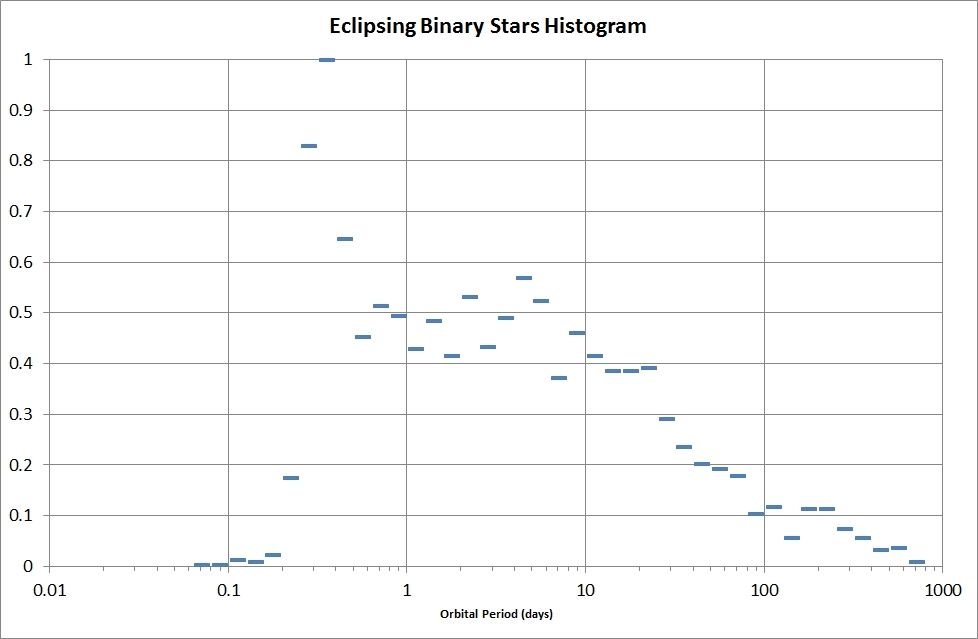A five star, doubly-eclipsing star system
Astronomers at the Open University have discovered the first quintuple star system containing two eclipsing binary stars. Details of the five star system, the first of its kind to be found, will be presented by Marcus Lohr of the Open University in a talk on Wednesday 8 July at the National Astronomy Meeting at Venue Cymru, Llandudno, Wales.
—-
The two sets of stars are separated by about 21 billion km, rather larger than the size of Pluto’s orbit around the Sun. The four stars were subsequently observed spectroscopically – its light was broken up into different wavelengths – so that the signatures of the different stars could be studied in detail. This unexpectedly revealed the presence of a fifth star, up to 2 billion km away from the detached binary, but not apparently producing any additional eclipses.
—-
